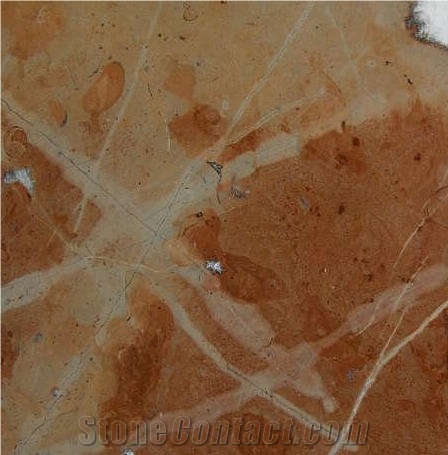Can Italy's Amiata Rosso Marble be used exterior applications in very humid climates?
Amiata Rosso Marble, commonly quarried in Italy, is a natural stone that possesses a stunning aesthetic. However, when considering its usage in very humid climates for exterior applications, several aspects should be evaluated.
Firstly, Amiata Rosso Marble is primarily used for interior applications such as flooring, countertops, and wall claddings. While it can technically be used for exterior purposes, it may not be the most suitable choice for very humid climates due to its inherent characteristics.
Marble is a porous material, which means it absorbs moisture and is more susceptible to damage in humid conditions. In extremely humid climates, high levels of moisture can result in the formation of mold, mildew, and stains on the surface of the marble. Additionally, prolonged exposure to moisture can cause the marble to degrade over time, leading to discoloration and deterioration.
To overcome these challenges in a very humid climate, certain precautions should be taken. Applying high-quality sealants regularly can help protect the marble from moisture absorption and minimize the growth of mold and mildew. Adequate surface drainage and ventilation should also be provided to prevent the accumulation of water on the marble surface.
Despite these precautions, it is crucial to note that even with the best maintenance practices, Amiata Rosso Marble may still be prone to damage and discoloration in very humid climates. Therefore, it is recommended to consult with a professional or local experts who have experience working with marble in similar climatic conditions to determine the suitability and long-term viability of using Amiata Rosso Marble for exterior applications in very humid climates.
Amiata Rosso Marble, commonly quarried in Italy, is a natural stone that possesses a stunning aesthetic. However, when considering its usage in very humid climates for exterior applications, several aspects should be evaluated.
Firstly, Amiata Rosso Marble is primarily used for interior applications such as flooring, countertops, and wall claddings. While it can technically be used for exterior purposes, it may not be the most suitable choice for very humid climates due to its inherent characteristics.
Marble is a porous material, which means it absorbs moisture and is more susceptible to damage in humid conditions. In extremely humid climates, high levels of moisture can result in the formation of mold, mildew, and stains on the surface of the marble. Additionally, prolonged exposure to moisture can cause the marble to degrade over time, leading to discoloration and deterioration.
To overcome these challenges in a very humid climate, certain precautions should be taken. Applying high-quality sealants regularly can help protect the marble from moisture absorption and minimize the growth of mold and mildew. Adequate surface drainage and ventilation should also be provided to prevent the accumulation of water on the marble surface.
Despite these precautions, it is crucial to note that even with the best maintenance practices, Amiata Rosso Marble may still be prone to damage and discoloration in very humid climates. Therefore, it is recommended to consult with a professional or local experts who have experience working with marble in similar climatic conditions to determine the suitability and long-term viability of using Amiata Rosso Marble for exterior applications in very humid climates.
 Italy
(Maremma, Toscana)
Italy
(Maremma, Toscana)

















